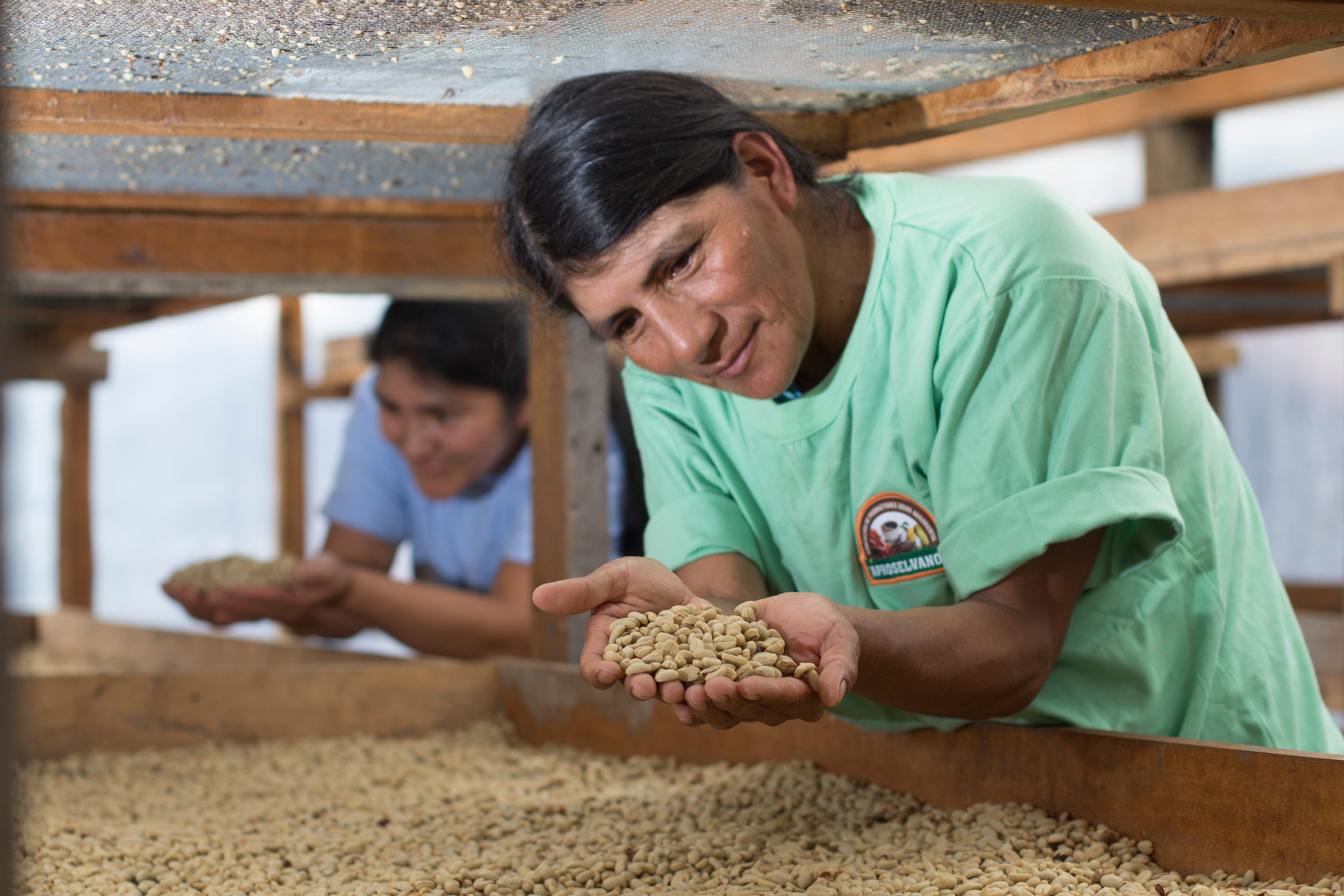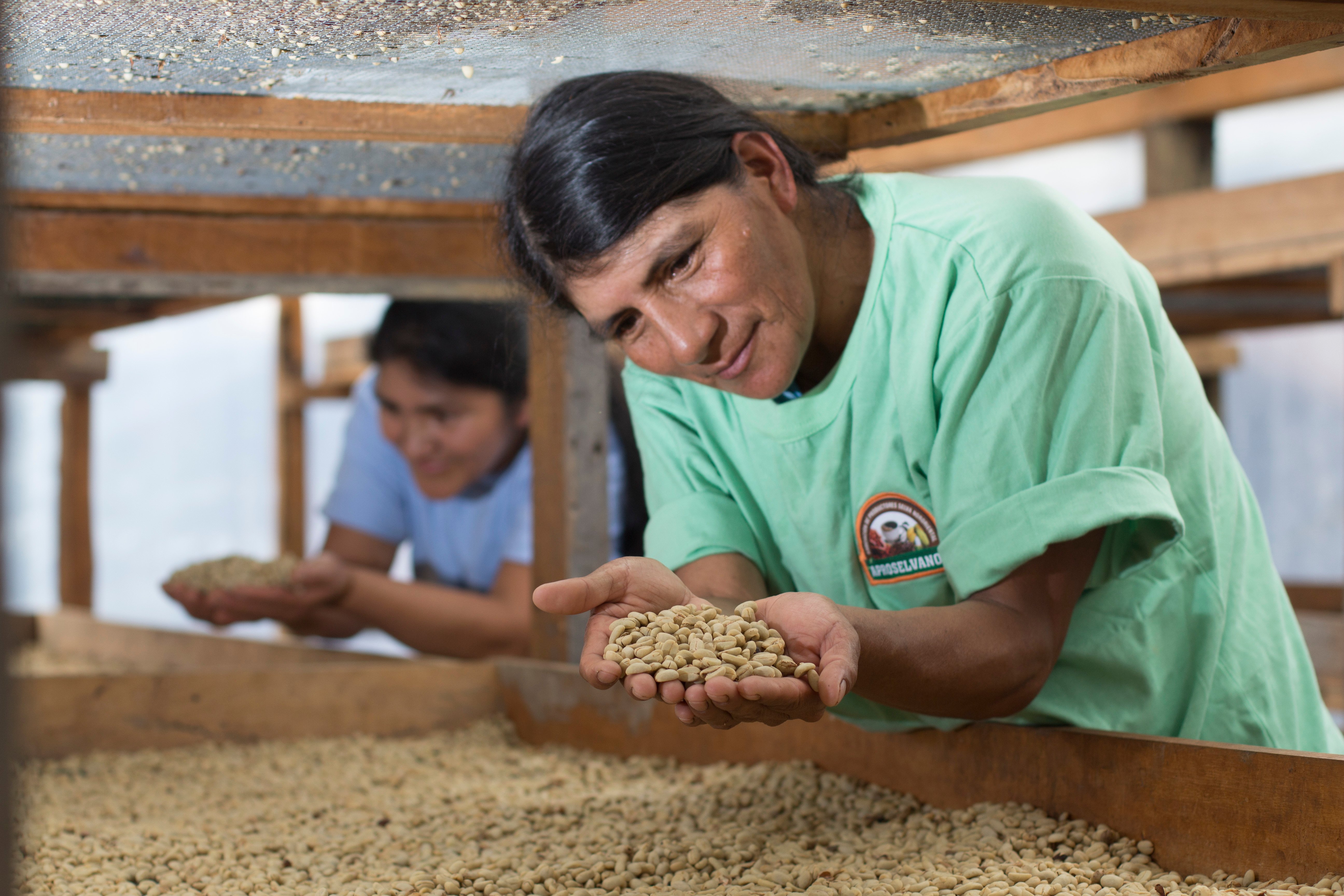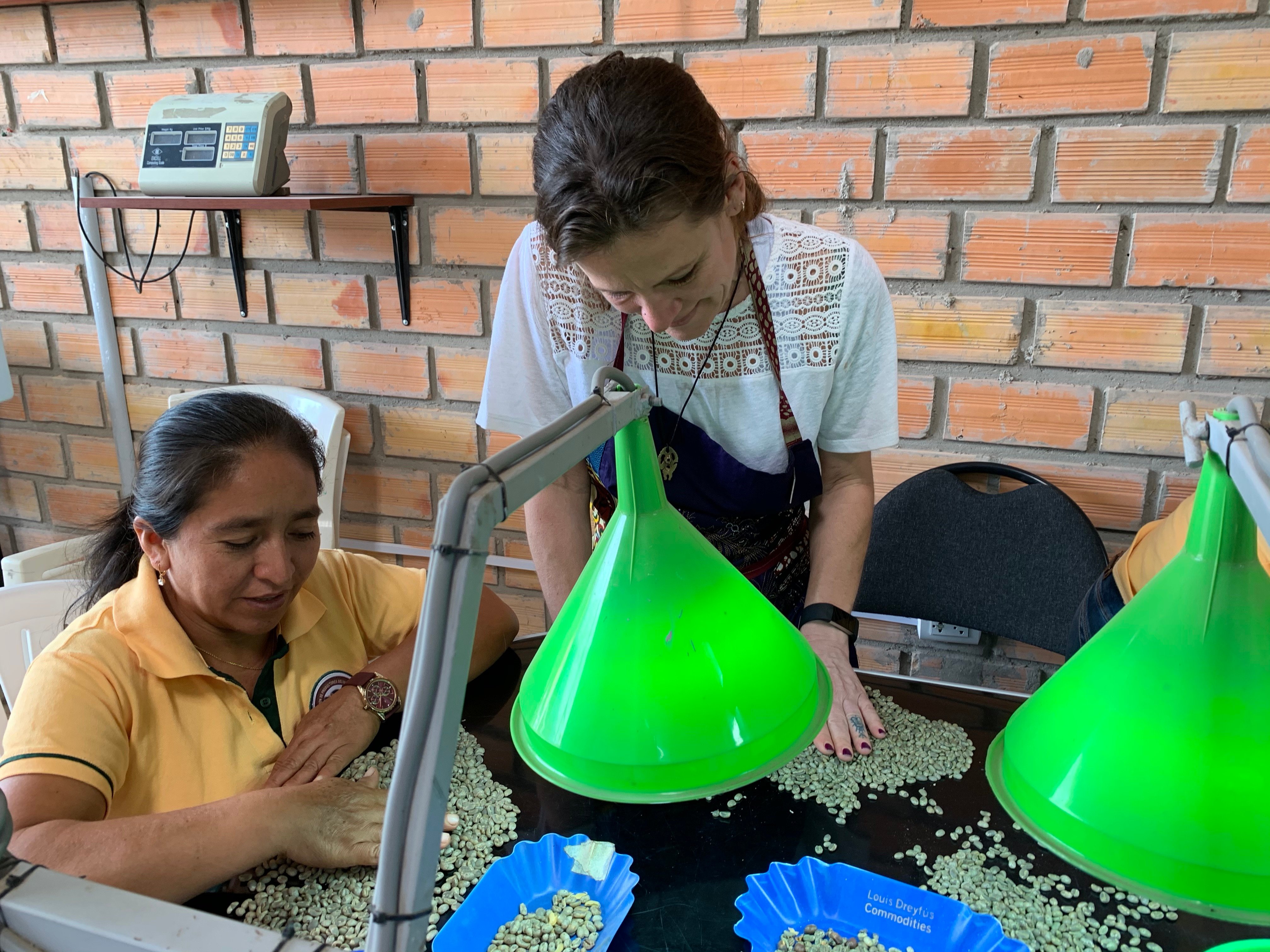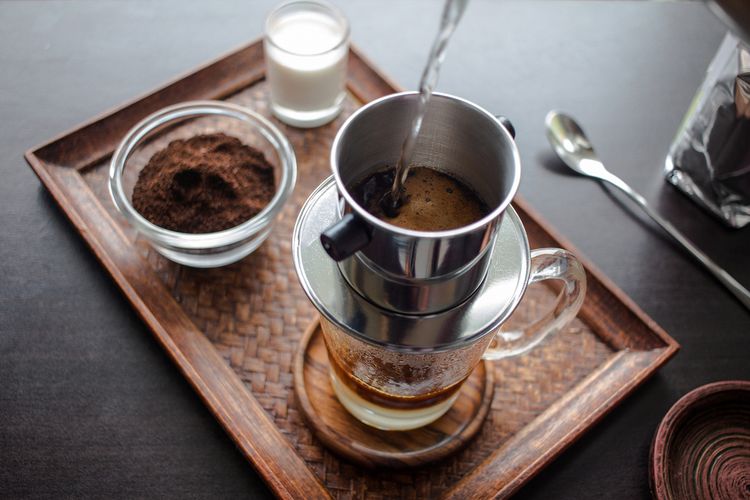
If you have ever wanted to know how to use Tastify® to its fullest potential, then you have come to the right place. These short videos will be your guide to mastering the app. In each video, we will provide you with step-by-step instructions and expert tips to help you become a Tastify® pro!
Read More


.png)





Comments